In recent years, the hiring landscape has undergone a significant transformation. Companies that once relied heavily on recruiting firms to fill their talent gaps are now opting for direct hires. This shift away from contingent and contract hiring is driven by a combination of factors, including the need for greater control, cost savings, and improved employee retention.
The Rise of Direct Hires
The use of recruiting firms, also known as staffing agencies, has been a common practice in the hiring process for decades. These firms would provide companies with a pool of pre-screened candidates, often on a temporary or contract basis. However, in recent years, companies have begun to reevaluate and opt for direct hires instead.
According to a survey by the SHRM, 64% of companies reported using contingent workers in 2019, down from 73% in 2015. Meanwhile, the same survey found that 55% of companies reported using permanent employees, up from 46% in 2015. In 2023 the number of companies that have either hired or have open positions for direct placement roles increased to nearly 68%, a trend that has continued steadily in the same direction.
Reasons for the Shift
So, why are companies moving away from contingent and contract hiring in favor of direct hires?
• Cost Savings: Direct hires eliminate the need for agencies to take a commission on the candidate’s salary, which can be a significant cost savings for companies.
• Greater Control: When companies hire directly, they have more control over the hiring process, including the ability to choose the candidate and negotiate the terms of the employment contract.
• Improved Employee Retention: Direct hires are more likely to stay with the company long-term, reducing turnover rates and the associated costs of recruiting and training new employees.
• Acquisition Strategy: Companies are recognizing the importance of having a strong talent acquisition strategy in place, which includes building relationships with top talent and creating a positive employer brand.
The Impact on Job Seekers:
The shift to direct hires can have some crucial benefits to the candidate. For example:
• More Jobs Become Visible: As companies opt for direct hires, they may be more likely to post job openings publicly, knowing that candidates feel more comfortable when they have more stability and job security.
• Better Job Fit: Direct hires are more likely to be a good fit for the company, leading to a more fulfilling and successful career.
• Increased Moral: Direct hires are more likely to have job security, and with that, the moral within teams and the company as a whole can increase when employees are able to focus on their work and not if they will have any tomorrow.
The shift to direct hires is climbing steadily and methodically rather than a reactionary or flash-in-the-pan trend. A trend that is driven by a combination of factors including cost savings, greater control, improved employee retention, better cultural fit, and acquisition strategy. As companies continue to adapt to the changing hiring landscape, it’s likely that we’ll see even more emphasis on direct hires in the years to come.







